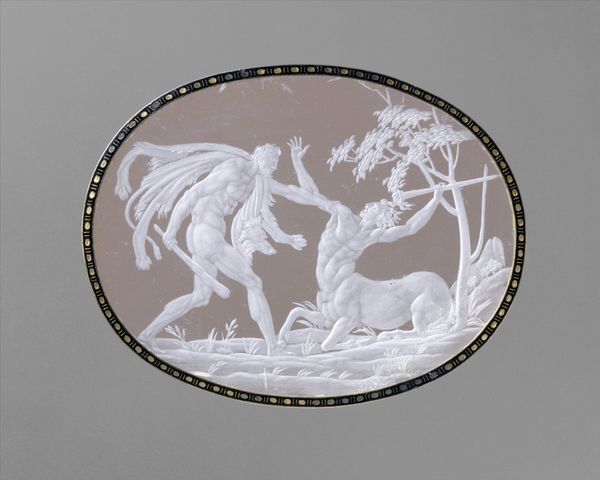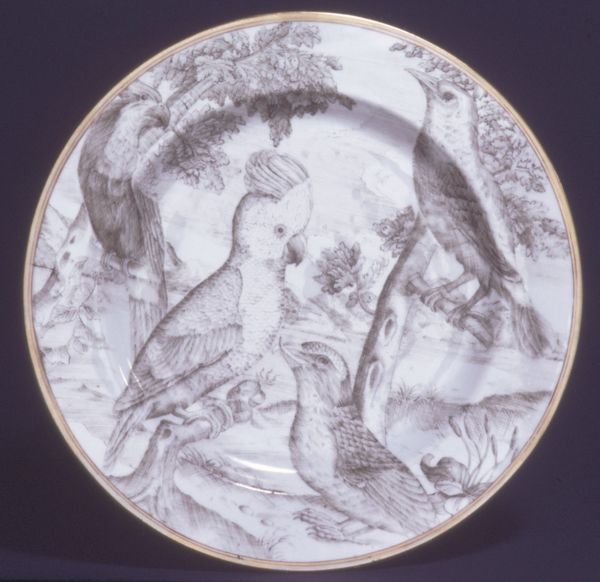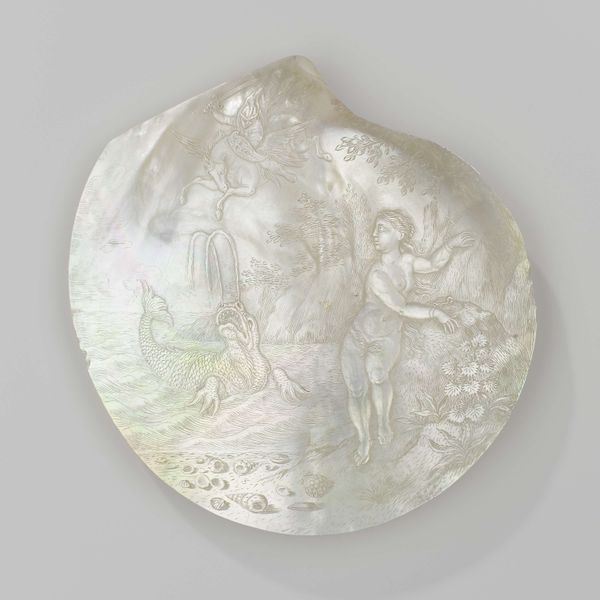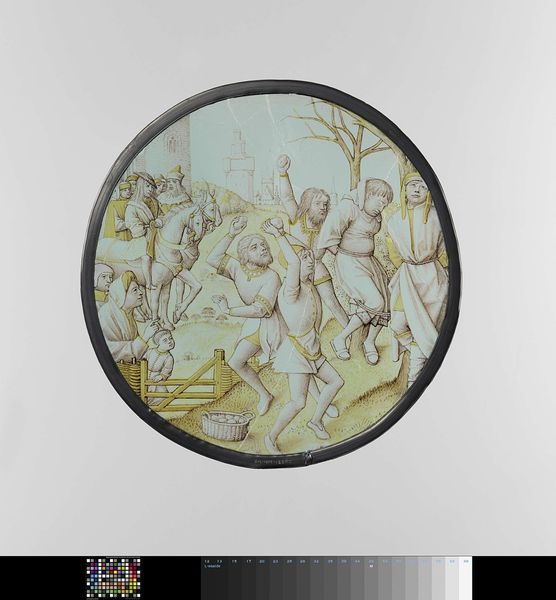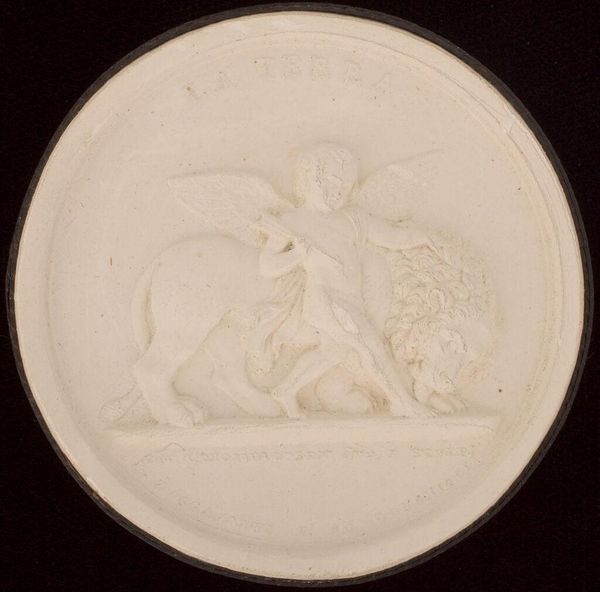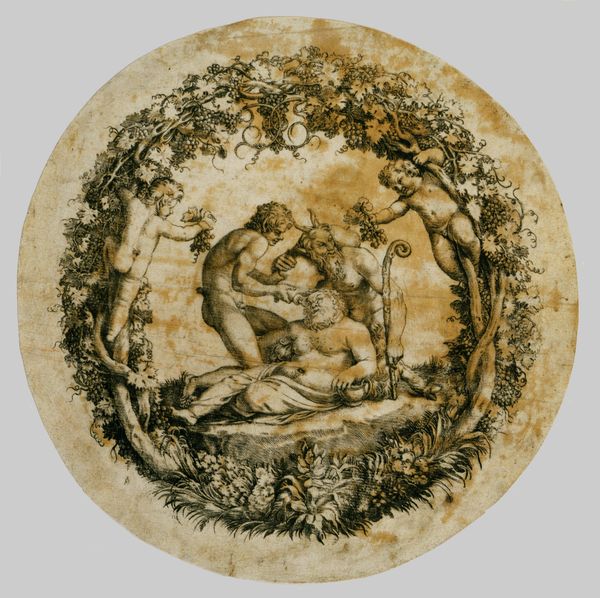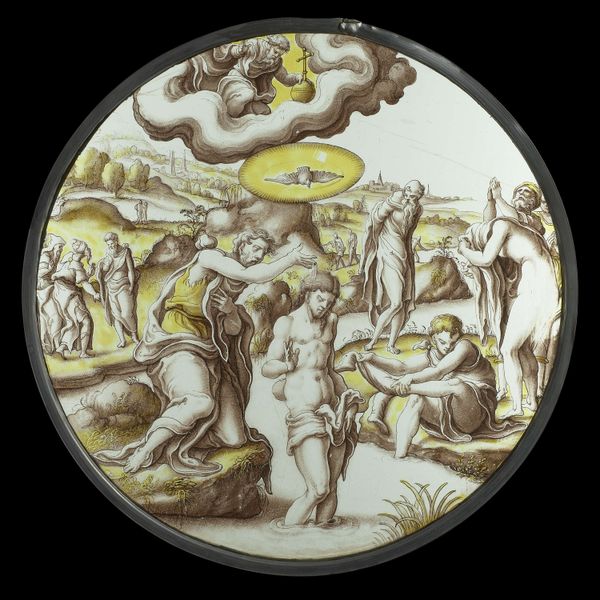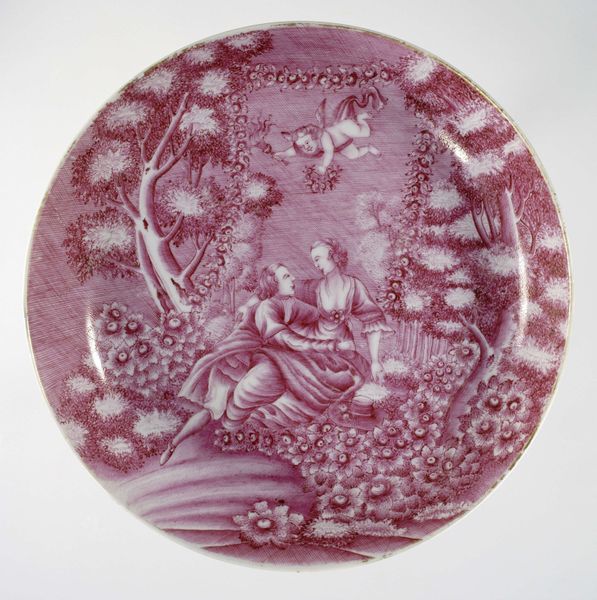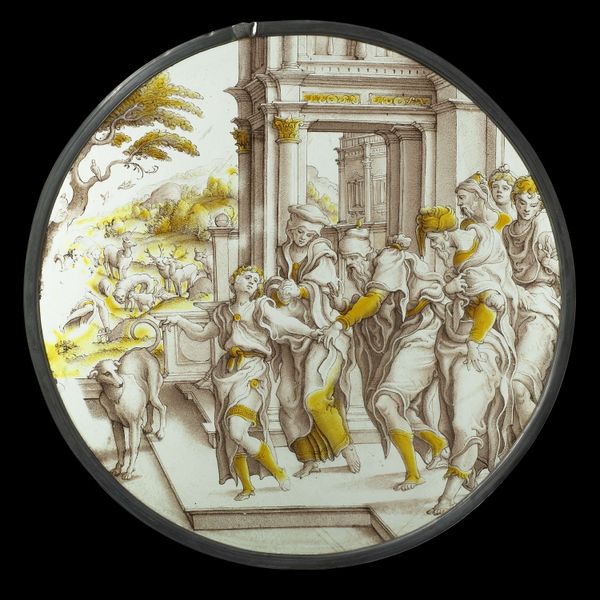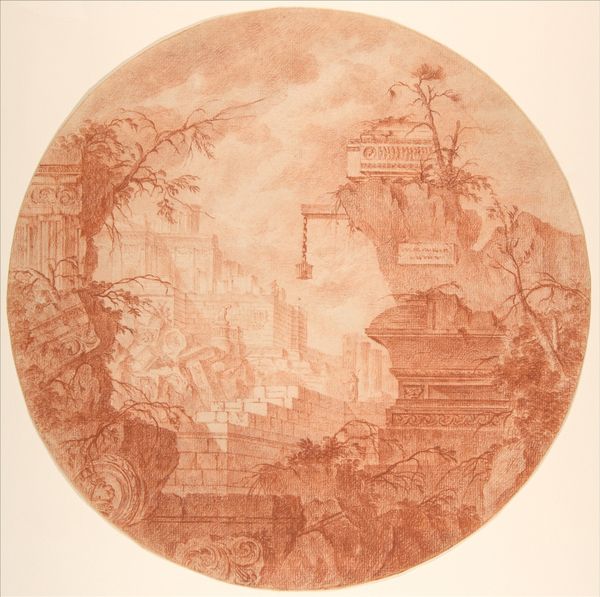
carving, sculpture, marble
#
carving
#
allegory
#
figuration
#
11_renaissance
#
sculpture
#
history-painting
#
decorative-art
#
marble
#
italian-renaissance
#
nude
#
decorative art
#
male-nude
Dimensions: H. 3-1/16 x W. 4-1/16 in. (7.8 x 10.3 cm)
Copyright: Public Domain
Editor: This is "Hercules and Acheloüs," a marble carving from the Italian Renaissance, around 1550-1584, by Annibale Fontana. The figures seem almost ethereal, emerging from the polished stone. It makes me wonder, how do you see this piece? Curator: Considering the material conditions of its making, it's important to recognize marble's historical significance. Marble, often sourced from specific quarries, was a luxury good signifying wealth and status. Fontana's carving translates classical mythology into a desirable object. How do you think the choice of marble influenced the perception of the artwork by its intended audience? Editor: I guess the pristine white marble connects to ideas of purity and the divine, things wealthy patrons wanted to be associated with? How would this subject and material play in the social context? Curator: Precisely. The labor involved in extracting, transporting, and carving the marble should also be acknowledged. This wasn’t just about artistic vision but about skilled craftsmanship within a workshop setting. Who would have been buying it and how does it perform status for them, especially juxtaposed against "lesser" art forms and their makers? Editor: Right, so it's as much about the materials and labour as it is the artistic skill of the carving. What did it mean to own such an object at the time? Curator: Well, consider that this wasn't merely decoration. This carving of "Hercules and Acheloüs" also communicated the patron’s embrace of classical learning, a signifier of education and taste. How was this work's material presence used in real-world, performative settings by its commissioner, considering what messages this material choice conveyed? Editor: That’s fascinating. So, it’s not just the story it tells, but the material itself and the labor behind it, that contributes to its meaning and impact. Curator: Exactly. The social and economic forces embedded within the marble transform it from inert stone into a potent cultural artifact. That understanding enriches our viewing experience beyond aesthetic appreciation alone.
Comments
No comments
Be the first to comment and join the conversation on the ultimate creative platform.
